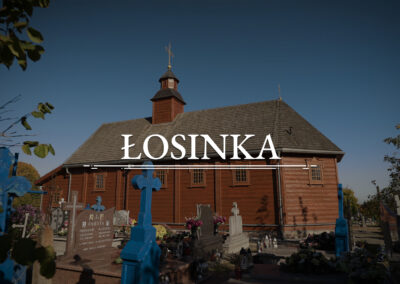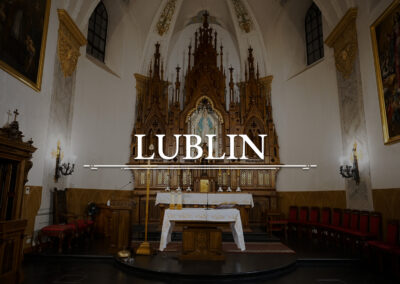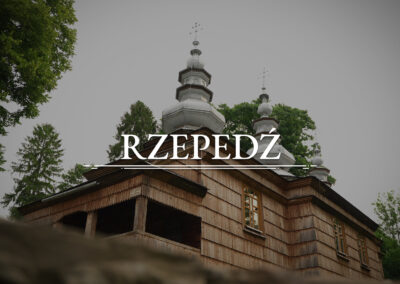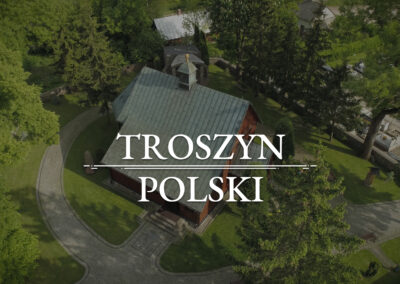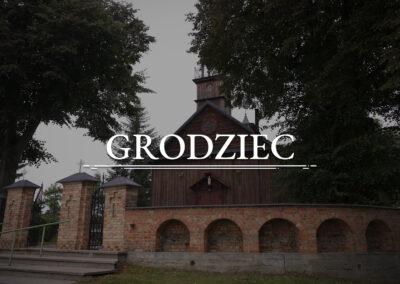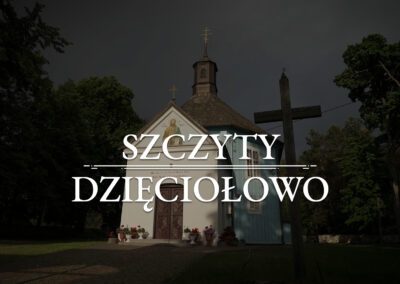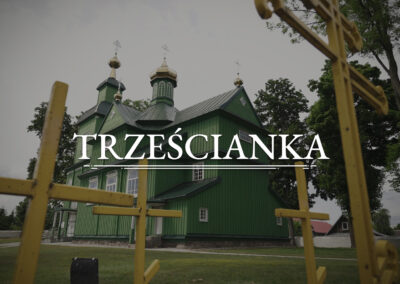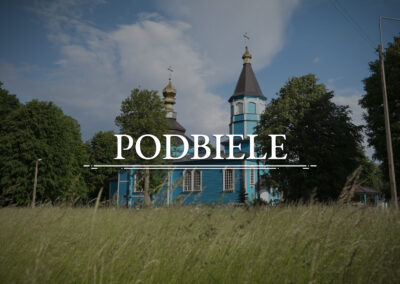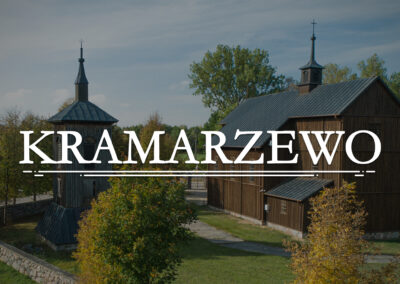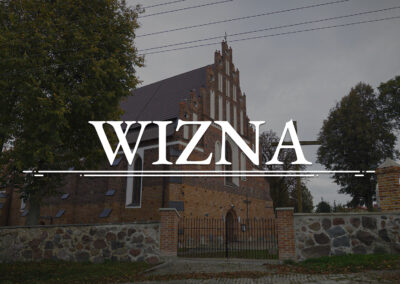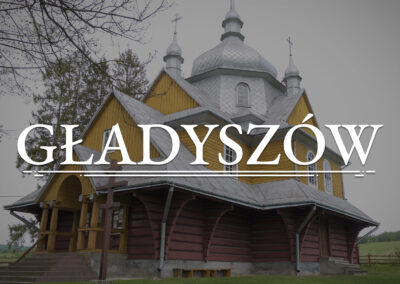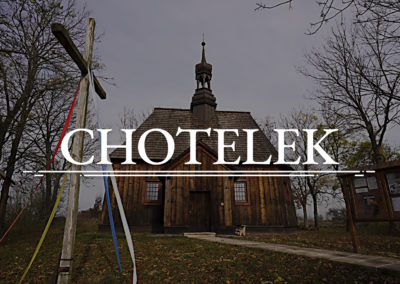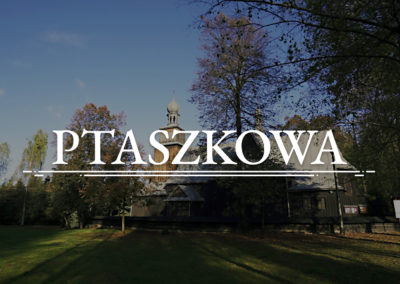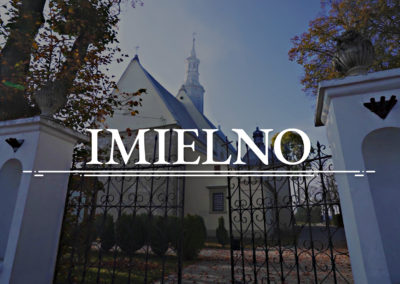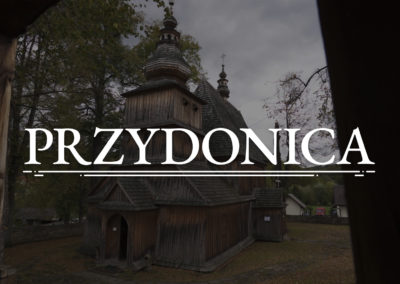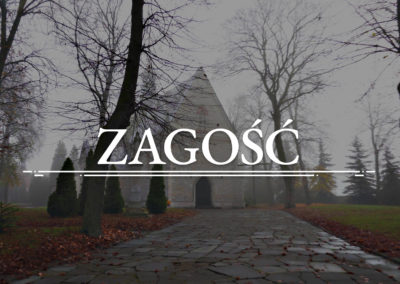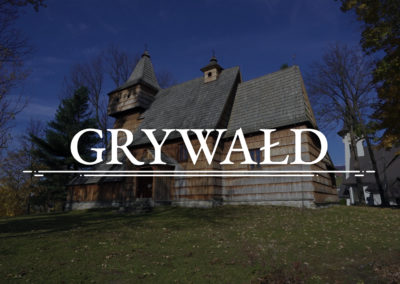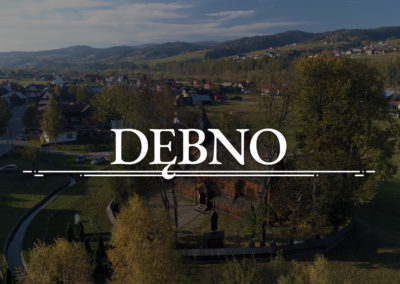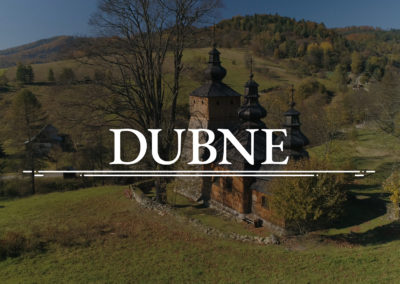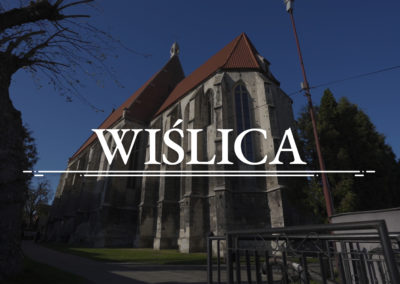PARCEWO – St Demetrius Orthodox Church
ORTHODOX CHURCH
IN PARCEWO
The blue church is located near the road and stands out against the background of other buildings in this small town. Just like in the case of other Orthodox churches, blue is used on purpose in order to bring churches symbolically closer to God and the Kingdom of Heaven. In the vicinity of this small Orthodox church you will find a small cemetery. At any time of the year, those who like to take photos will find there beautiful and romantic views. Spring and summer bring about bursting green of plants, autumn adds russet and flaming colours, whereas winter paints everything white thus bringing to the foreground the blue of the church and its ornaments.
The building was erected at the beginning of the 19th century as a Unite church, that is the one that recognizes the Pope but maintains the Eastern rite. The name comes from the Union of Brest concluded in 1596. The history of the Uniate Church is quite stormy, full of divides, conflicts and changes. Subsequent partitions of Poland and the approach of partitioners to this rite were of importance as well. As regards the territories under the rule of the Tsarist Russia, this rite was ended by the council of Płock in 1839. In the long run it was connected with forced conversions of the local population to Eastern Orthodoxy in order to strengthen the Ruthenian national identity. In the case of Galicia, Greek Catholic communities (as they were often called there) were able to function. The Orthodox Church in Parcewo remained Orthodox after 1839.
This church has not only a beautiful colour but the whole structure is very pleasing to the eye. The wooden church has a log structure, the octagonal plan, one nave and two aisles. Above the main entrance, there is a small roof supported by side walls. The quadrilateral porch is crowned with a bell tower and a bulbous dome on top. The main part of the building is covered with a tin, gable roof and boasts a small tower with a bulbous dome.
Visitors, if they only get the opportunity, should absolutely see the inside of the church. White walls and a light, wooden ceiling contrast with the colours of the carpets and saturated colours of the iconostasis.
At the end, it is worth saying a few words about the patron saint of the church. St Demetrius is a historical figure who lived in the third century A.D. He came from Greek Thessaloniki and was to have died a martyr in the year 304. It happened when he opposed the orders of the Roman Emperor. The Emperor appointed Demetrius proconsul and gave him the order to crack down on the Christians in the city. Christianity, which talked about everyone being equal before one God and did not recognize any other gods, was unacceptable for the Roman Empire and its propagation was treated back then like dangerous sects are treated today. Demetrius did not accept this bloody crackdown; he himself was a Christian and the Emperor did not know that when appointing him. According to the story of his martyrdom, Demetrius preached the Gospel and convinced his good friend to fight a gladiator known for killing Christians. Eventually, by order of the Emperor, he was imprisoned for disobedience and executed for his faith. He has been recognized by the Orthodox rite as patron saint of soldiers.
PARCEWO – St Demetrius Orthodox Church

COFUNDED BY THE MINISTER OF CULTURE AND NATIONAL HERITAGE
ORIGINATING FROM CULTURE PROMOTION FUND




